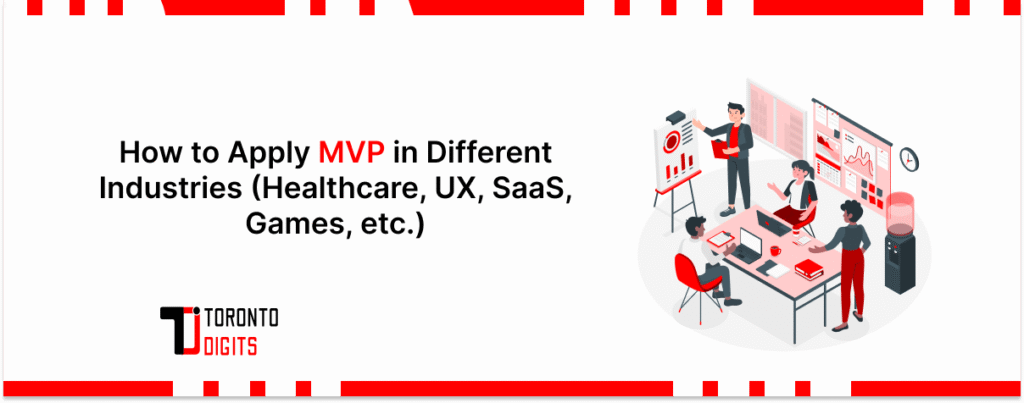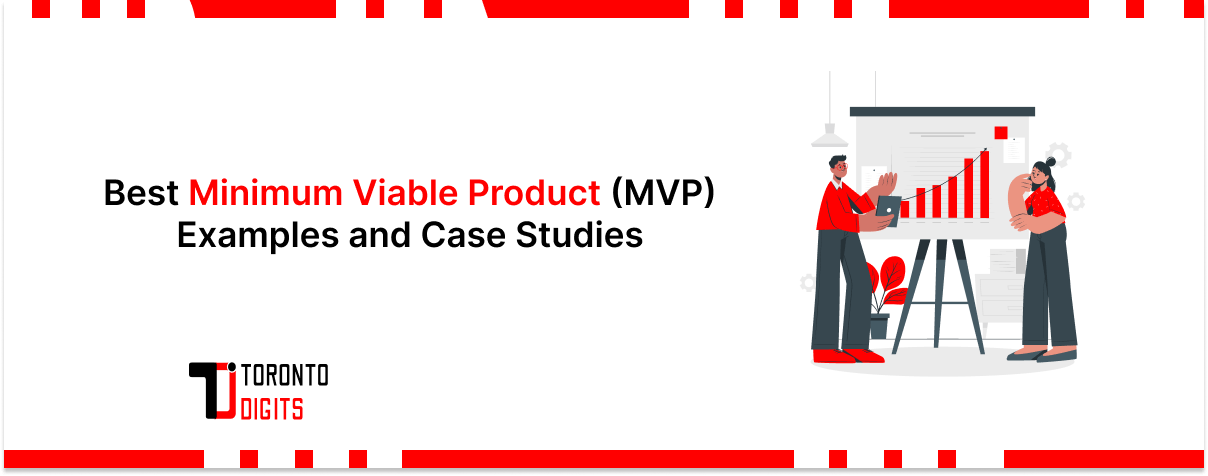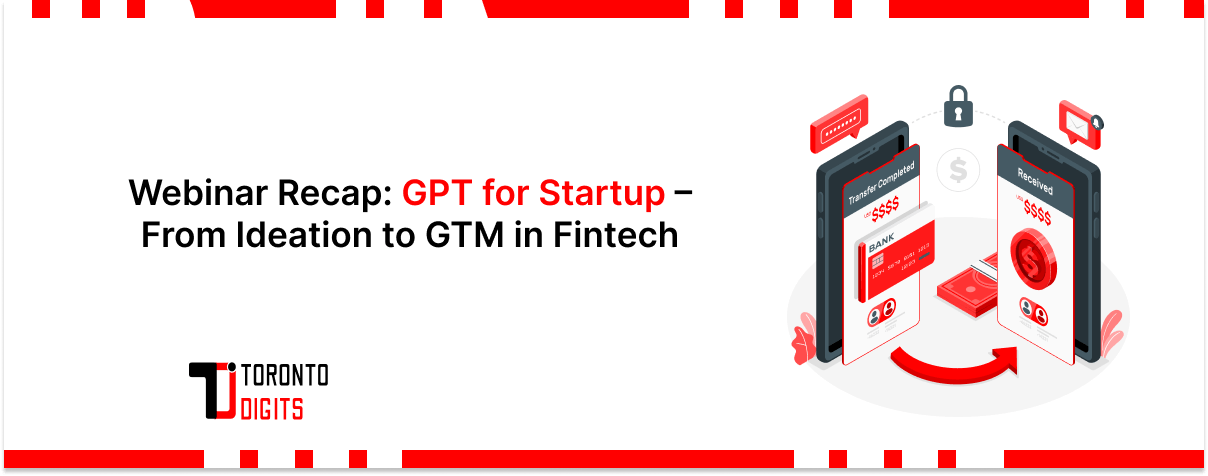In a world where innovation moves at lightning speed, no one can afford to spend months building something only to realize it misses the mark. That’s where the Minimum Viable Product (MVP) comes in — a smart, lean way to test ideas quickly, reduce risk, and build what users actually want.
An MVP is the simplest version of your product that still delivers real value to users. It helps teams validate ideas early, gather feedback, and iterate — long before investing serious time and money. Whether you’re designing a healthcare app, a SaaS platform, or the next hit game, the MVP mindset helps you move faster and smarter.
What Exactly Is a Minimum Viable Product (MVP)?
Think of an MVP as your product’s “first draft” — not perfect, but good enough to get out there and start learning.
It’s the version that includes only the core features needed to solve your users’ primary problem. You build it, release it, gather feedback, and use that insight to make the next version better.
In short:
Start small. Learn fast. Improve continuously.
By doing this, teams not only validate demand but also refine their minimum viable product business model and reduce the risk of building something nobody needs.
MVPs in Healthcare: Innovating Without Compromising Safety

In healthcare, the MVP approach can be game-changing — but it has to be done responsibly. A minimum viable product in healthcare must balance speed, compliance, and patient safety.
Here’s how to approach it wisely:
1. Identify and Validate the Problem
Don’t start with assumptions. Use interviews, research, and competitor analysis to uncover real pain points like long wait times, poor data sharing, or diagnostic delays.
2. Define Core MVP Features
Choose only 2–3 critical features that solve the immediate challenge. For example:
- Patient appointment scheduling
- Secure data integration
- Telemedicine chat or symptom tracker
These features give users something valuable right away while keeping development light.
3. Build for Compliance from Day One
Even a small healthcare MVP must respect data privacy laws (HIPAA, GDPR, etc.). Security and trust aren’t optional here — they’re fundamental MVP requirements.
4. Pilot, Learn, Iterate
Start with a small pilot — maybe a single hospital department or a limited group of users. Collect feedback, measure results, and improve before scaling further.
5. Scale with Confidence
Once validated, you can safely expand the MVP with features like analytics dashboards, integration tools, and AI-driven insights.
The bottom line: A minimum viable product healthcare approach lets innovators move fast without breaking what matters most — patient trust and safety.
MVPs in UX Design: Designing for What Really Matters

In UX design, an MVP is your best friend. It keeps you focused on the user’s core needs instead of overloading your product with features nobody uses.
Here’s what that process looks like:
1. Define Scope Around User Goals
Start with research. Identify the must-have user journeys — what’s absolutely necessary for users to achieve their main goal? That’s your MVP scope.
2. Prototype to Learn, Not to Impress
Build low-fidelity prototypes first to explore layout and flow. Then move to high-fidelity ones for usability testing. Each step helps you refine your minimum viable product design early on.
3. Test, Don’t Guess
Run MVP testing sessions — moderated or unmoderated — to observe how users interact with your product. Gather both qualitative and quantitative feedback.
4. Iterate Quickly
Use what you learn to fix usability issues and optimize user flows. Remember: MVPs aren’t just about functionality; they’re about experience.
By keeping things minimal yet meaningful, a minimum viable product UX approach ensures that your product feels intuitive and useful — even in its earliest form.
MVPs in SaaS: Launch Fast, Learn Faster

In the SaaS world, speed and scalability are everything. A minimum viable product SaaS lets you validate your business model before scaling your infrastructure or burning through your budget.
1. Know Your Users Inside Out
Define your target audience — their roles, pain points, and workflow challenges. You can’t design an MVP for everyone; pick a specific niche and nail it.
2. Study the Competition
Analyze what’s already in the market, identify feature gaps, and explore legal or data security requirements your MVP must meet.
3. Prioritize Essential Features
Your MVP should deliver tangible value through 2–4 features — maybe user authentication, reporting, or integration with existing tools.
4. Build in Short, Agile Cycles
Adopt an agile approach with continuous feedback loops. Launch updates weekly or bi-weekly to keep learning from users.
5. Manage Costs Wisely
A typical SaaS MVP might cost between $25,000–$60,000, depending on complexity. The goal isn’t to build everything — it’s to prove what’s worth building.
By focusing on minimum viable product features that solve one clear problem, you’ll create a SaaS foundation that’s scalable, efficient, and market-ready.
MVPs in Game Development: Fun First, Everything Else Later

In gaming, an MVP helps studios avoid the classic pitfall of spending years developing a full game that players might not enjoy.
1. Build the Core Gameplay
Start with the heart of the experience — the main mechanic or emotion your game is built around. Forget about extra levels or storylines for now.
2. Test with Real Players
Release your game MVP to a small, targeted audience. Watch how they play, what excites them, and what they skip.
3. Measure, Iterate, Repeat
Use real player feedback and data to tweak difficulty levels, controls, or in-game rewards. This Build–Measure–Learn cycle ensures your final game resonates with your audience.
4. Expand When You’re Sure
Once players love the basics, start adding new content, modes, and features. By then, you’re building with confidence, not guesswork.
A minimum viable product in games saves studios time, money, and frustration — while increasing the odds of creating a
game players can’t put down.
Final Thoughts
No matter the industry, the core MVP philosophy stays the same:
Build something small. Test it. Learn. Improve.
- In healthcare, MVPs fuel innovation while maintaining compliance.
- In UX, they refine user experiences early.
- In SaaS, they validate scalable business ideas.
- In gaming, they test fun and engagement before full investment.
By adapting minimum viable product requirements to your industry, you’ll not only reduce risk and cost — you’ll create products that truly connect with users.
Build Smarter, Not Bigger — With TorontoDigits
At TorontoDigits, we help startups and enterprises bring their ideas to life through strategic MVP development, UX design, and digital innovation.
Whether you’re validating a healthcare app, designing a SaaS platform, or building a new game experience, our experts help you craft minimum viable products that deliver real results — fast.
Let’s turn your idea into a market-ready MVP that users love.
👉 Visit our MVP Development Services to start your MVP journey today.
Frequently Asked Questions
1. What is a minimum viable product in entrepreneurship?
It’s the first, simplified version of a product used to test your business idea with minimal time and money. Entrepreneurs use MVPs to validate demand and shape their business model before scaling.
2. What is a minimum viable product in games?
A game MVP is a bare-bones version of your game — just enough to test gameplay mechanics and fun factor before investing in full development.
3. How can a business approach quality in an MVP?
Focus on usability and reliability rather than quantity of features. Even with a limited scope, your MVP should work smoothly and deliver real value to users.
4. Are clinical trials minimum viable products?
Not exactly — but they follow a similar logic. Clinical trials test a concept (a drug, device, or treatment) with a small group to validate safety and effectiveness before mass rollout — just like an MVP validates product-market fit.
5. How does a minimum viable product influence the development process?
It encourages a lean, iterative workflow — build something small, gather data, and improve. MVPs turn development into a learning loop rather than a one-time build.
6. What is a minimum viable product in business?
It’s a strategic approach to product development where companies focus on delivering the core value first, testing real-world demand before scaling operations.
7. How do companies determine what the minimum viable product is?
They define the must-have features that solve the user’s most critical problem — usually based on user research, data insights, and clear product goals.
8. Who are early adopters of a minimum viable product?
Early adopters are your first wave of users — open-minded, curious customers who try new products early and give valuable feedback for improvement.
9. How do you measure MVP success?
Success depends on user engagement, retention, feedback, and conversion rates. If your MVP validates your idea and helps you make informed next steps — it’s working.




